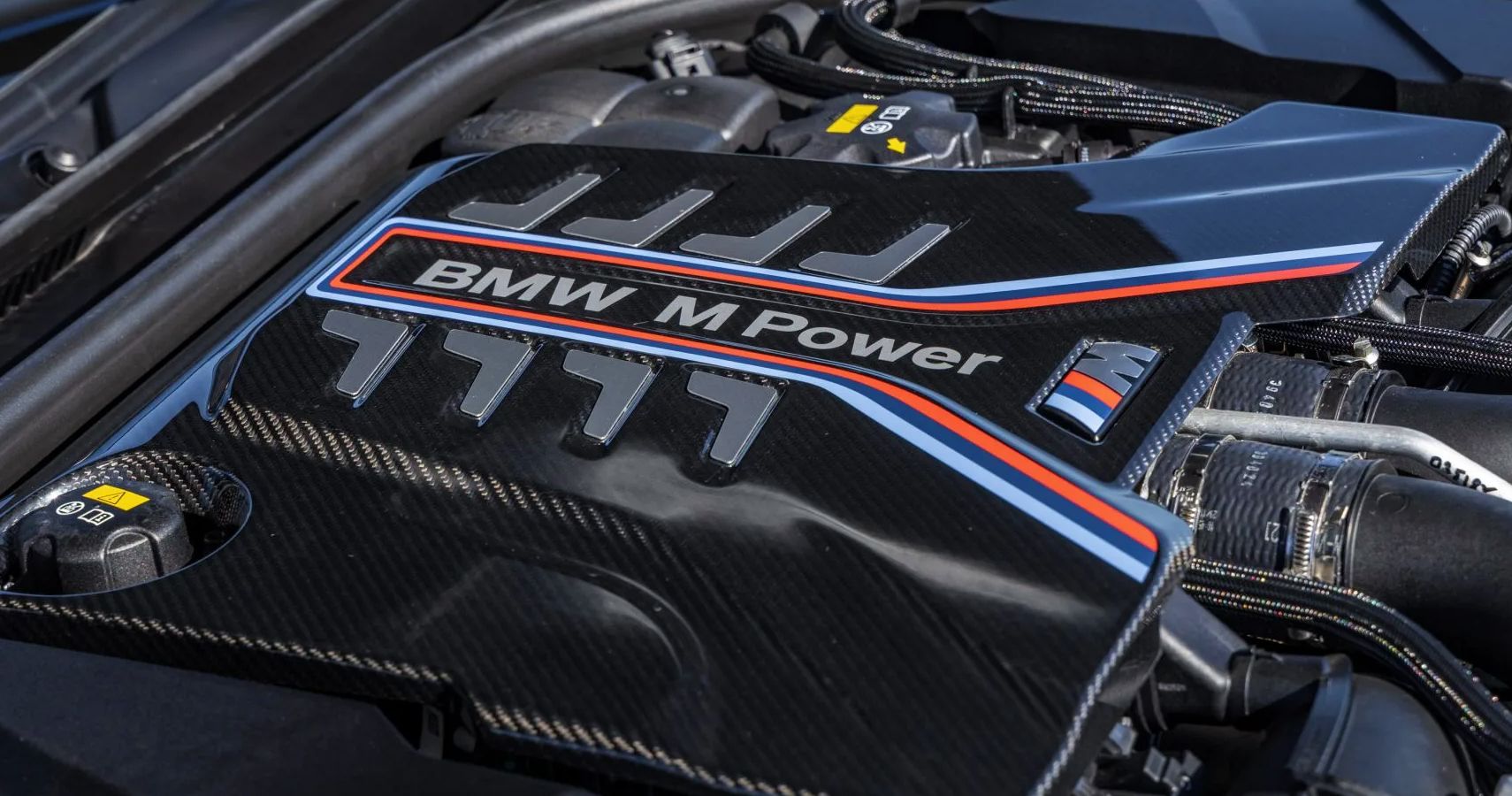Checking Out the Performance Enhancements of the current BMW Engine Designs
Checking Out the Performance Enhancements of the current BMW Engine Designs
Blog Article
Checking Out the Evolution of Combustion Engines in Modern Transport Systems
As we navigate the landscape of contemporary transport, the evolution of burning engines stands as a testament to human resourcefulness and design prowess. The interaction of background, innovation, and ecological problems in shaping the trajectory of burning engines produces a story that is both informative and compelling.
Early Beginnings of Combustion Engines
Exactly how did the idea of burning engines initial arise in the very early stages of transportation growth? The origins of combustion engines can be traced back to the 17th century when the concepts of inner combustion were first explored.
The breakthrough moment featured the invention of the first effective gasoline-powered engine by Karl Benz in 1885 - bmw engine. This engine led the way for the growth of the contemporary vehicle, changing transport systems worldwide. Succeeding developments by Nikolaus Otto and Gottlieb Daimler better fine-tuned burning engine technology, leading to the automation of vehicles and the fast development of the transportation industry
These very early combustion engines were characterized by their simpleness and effectiveness, laying the foundation for the complex and effective engines used in contemporary transportation systems. The evolution of combustion engines has actually been crucial fit the way we travel and transport items, marking a substantial turning point in the background of transport development.
Transition to Internal Combustion Technology
The change to inner combustion technology noted a critical change in the development of transport systems. This shift started in the late 19th century, with inventors like Nikolaus Otto and Gottlieb Daimler establishing the very first successful inner burning engines. These engines reinvented transportation by supplying a much more efficient and effective option to steam engines and electric motors.
Among the crucial benefits of internal burning engines was their capability to be reduced to match automobiles, causing the growth of bikes and vehicles. This change from large, stationary engines to small, mobile ones led the method for the contemporary transportation systems we see today.
The shift to interior burning technology likewise stimulated advancements in fuel technology, bring about the advancement of gas and diesel as main fuel sources for lorries. This change not just made transport extra available to the masses however likewise laid the foundation for the oil and gas industry to come to be integral to global economic situations.
Influence of Combustion Engines on Transportation
The adoption of combustion engines in transportation systems militarized an extensive shift in the efficiency and speed of worldwide mobility. Burning engines transformed transportation by offering a versatile and reliable resource of power for different lorries, consisting of visite site cars and trucks, aircrafts, ships, and trucks. This development substantially boosted the ability for products and individuals to conform fars away in much shorter time structures, leading to increased connectivity between areas and nations.
Furthermore, the widespread use combustion engines has had a substantial influence on economic growth. The ability to transfer items successfully has actually spurred trade and commerce, enabling organizations to broaden their markets and reach customers worldwide. This has actually assisted in financial development and globalization, as items can currently be delivered quicker and in larger amounts than ever previously.
Nonetheless, the ecological effect of burning engines can not be ignored. The combustion of fossil fuels has actually led to air pollution and greenhouse gas exhausts, adding to environment adjustment and positioning wellness threats to populaces. bmw engine. Therefore, there is a growing focus on establishing alternative propulsion innovations to minimize these adverse results and develop an extra lasting future for transport
Advancements in Burning Engine Design
One notable advancement is the advancement of turbocharged engines, which make use of exhaust gases to drive a turbine that presses incoming air, permitting for more gas to be charred, resulting in raised power output without a considerable boost in engine dimension. Variable valve timing systems have additionally changed engine layout by optimizing airflow at various engine rates, boosting both power and effectiveness. These technologies collectively contribute to the continuous renovation of burning engines in modern-day transport systems.
Future Patterns in Burning Engine Growth
With modern technology improvements driving continuous technology, the future of burning engine development is positioned to change transportation systems around the world. One of the vital fads in combustion engine advancement is the press towards better efficiency and decreased exhausts.
One more prominent fad is the adoption of hybrid innovations in burning engines. Crossbreed engines combine traditional burning modern technology with electrical power, providing enhanced gas efficiency and lower emissions. As the vehicle industry changes in the direction of electrification, crossbreed combustion engines are seen as a transitional option that links the void in between standard cars and totally electric ones.
Moreover, Website the combination of clever innovations, such as expert system and information analytics, is expected to play a substantial duty in the future of burning engine development. These innovations can optimize engine efficiency in real-time, causing a lot more effective combustion processes and improved general car efficiency. Welcoming these future trends will not only drive advancement in burning engine advancement yet additionally add to an extra environmentally pleasant and read the full info here lasting transportation ecological community.

Final Thought
In final thought, the evolution of burning engines in modern-day transportation systems has actually been marked by substantial developments in technology and design. From the early starts of burning engines to the shift to inner burning innovation, these engines have had an extensive influence on transport.
The roots of combustion engines can be traced back to the 17th century when the concepts of interior burning were very first discovered. These engines reinvented transportation by using a much more efficient and effective choice to vapor engines and electric motors.

Report this page